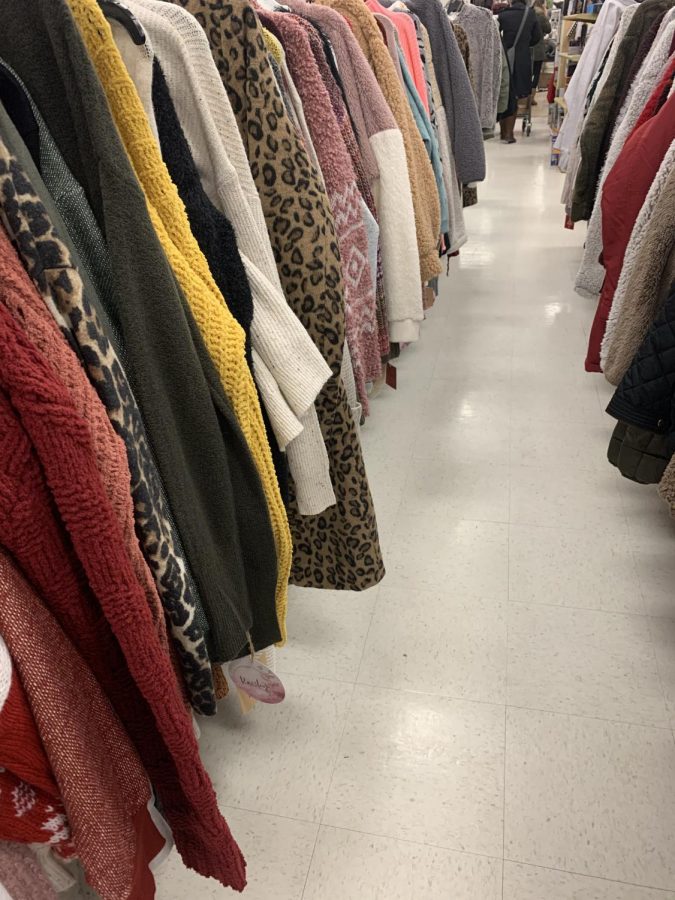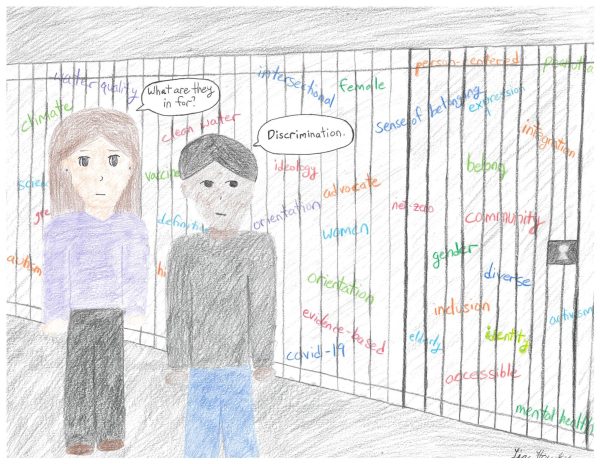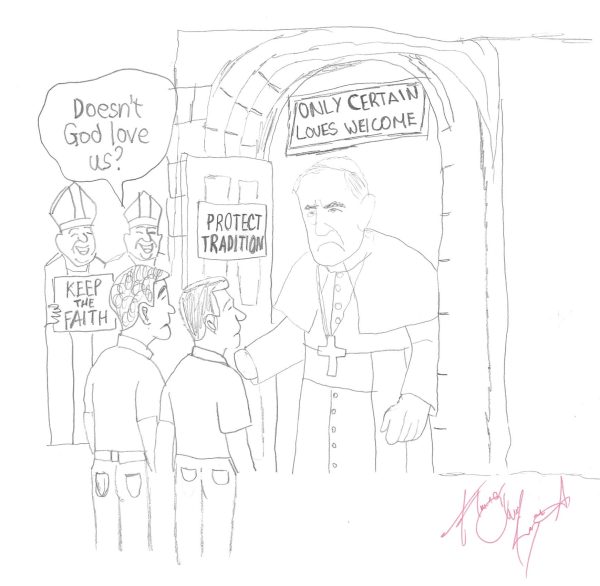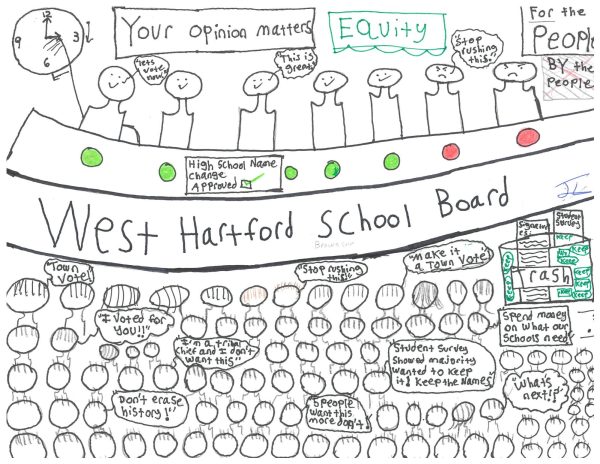The Other Side of Fast Fashion
Just like us, fashion trends are constantly changing. It can be overwhelming, not to mention extremely expensive, to keep up with the newest styles.
Hasan Minhaj from Netflix’s The Patriot Act says that, “Fast fashion is about making trendy clothes quick, cheap, and disposable.” Fast fashion allows you to move from trend to trend without making a painful dent in your wallet.
According to Sustainyourstyle.org, the demand for fast fashion is so high that garment workers employed by fast-fashion retailers work an average of 96 hours per week. Fast fashion may be a cheaper alternative to name-brand clothing, but is it worth it?
It’s not news that garment workers are forced to work in terrible conditions with unlivable wages. Sustainyourstyle.org reports that in “‘manufacturing countries’ (such as China, Bangladesh, or India), the minimum wage represents between twenty and fifty percent of the living wage.”
More simply put, garment workers’ salaries are not nearly enough for them to support themselves, not to mention support a family. The 14- to 16-hour work day is hard enough, but working conditions are dangerous and unhealthy, at the extreme causing fires that result in deaths of the garment workers. Additionally, a large percent of these laborers are children, who should be getting an education instead of sewing clothes.
It’s true that fast-fashion retailers provide a cheaper, almost disposable option for people looking for stylish clothes. Fast fashion is an especially great option for teens (or anyone with a fixed budget) wanting to feel stylish.
Unfortunately, while these styles may be cheap, they come at an enormous cost as the workers who make clothes for fast fashion retailers are put in harmful and unhealthy environments, making a fraction of a living wage.
You don’t have to cut all fast fashion out of your wardrobe, but keep in mind where it comes from the next time you go shopping.







Okuse Marvellous • Mar 10, 2020 at 7:44 am
I’m not that much of an online reader, to be honest, but your
blogs really nice, keep it up! I’ll go ahead and bookmark your site to come back down the road.